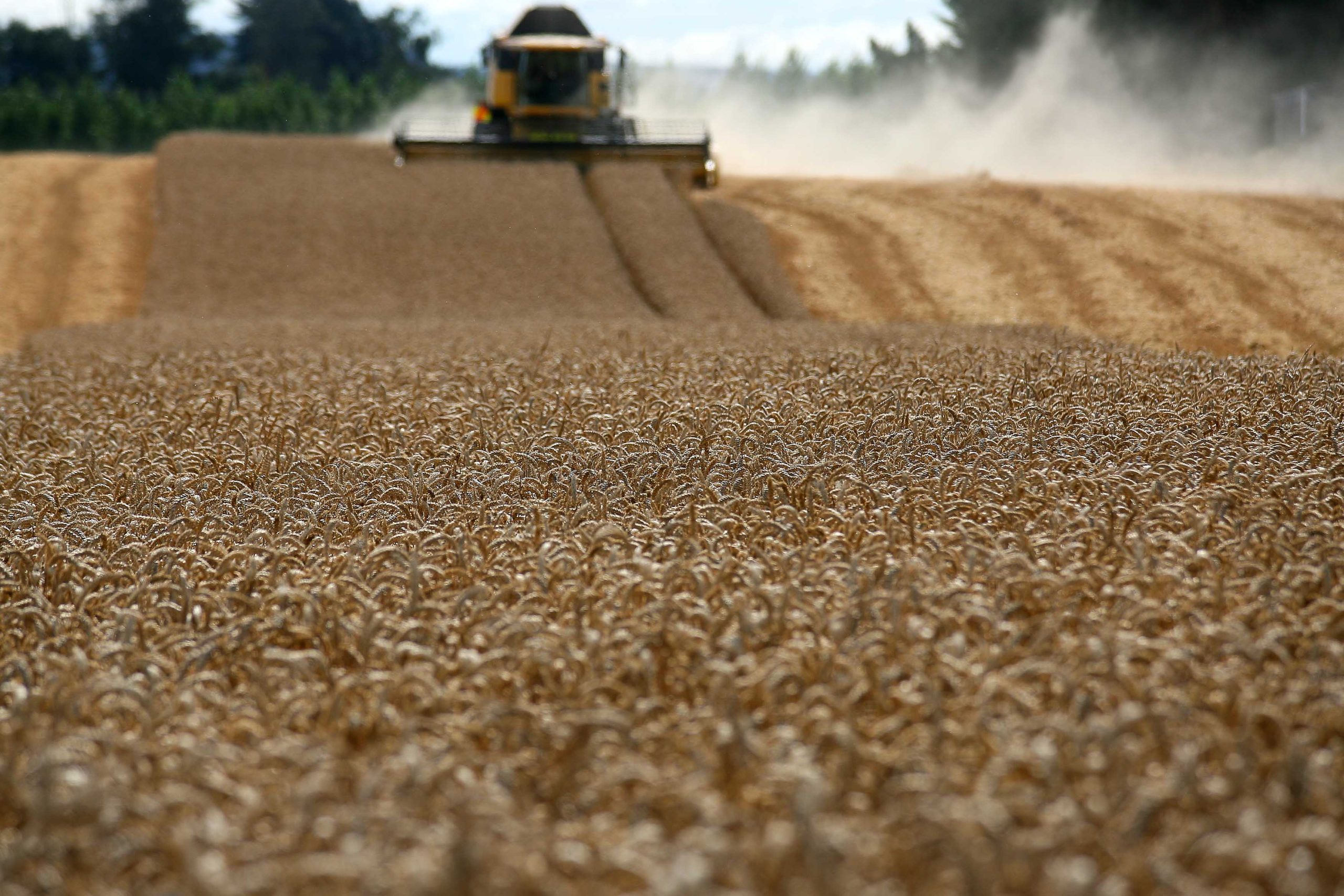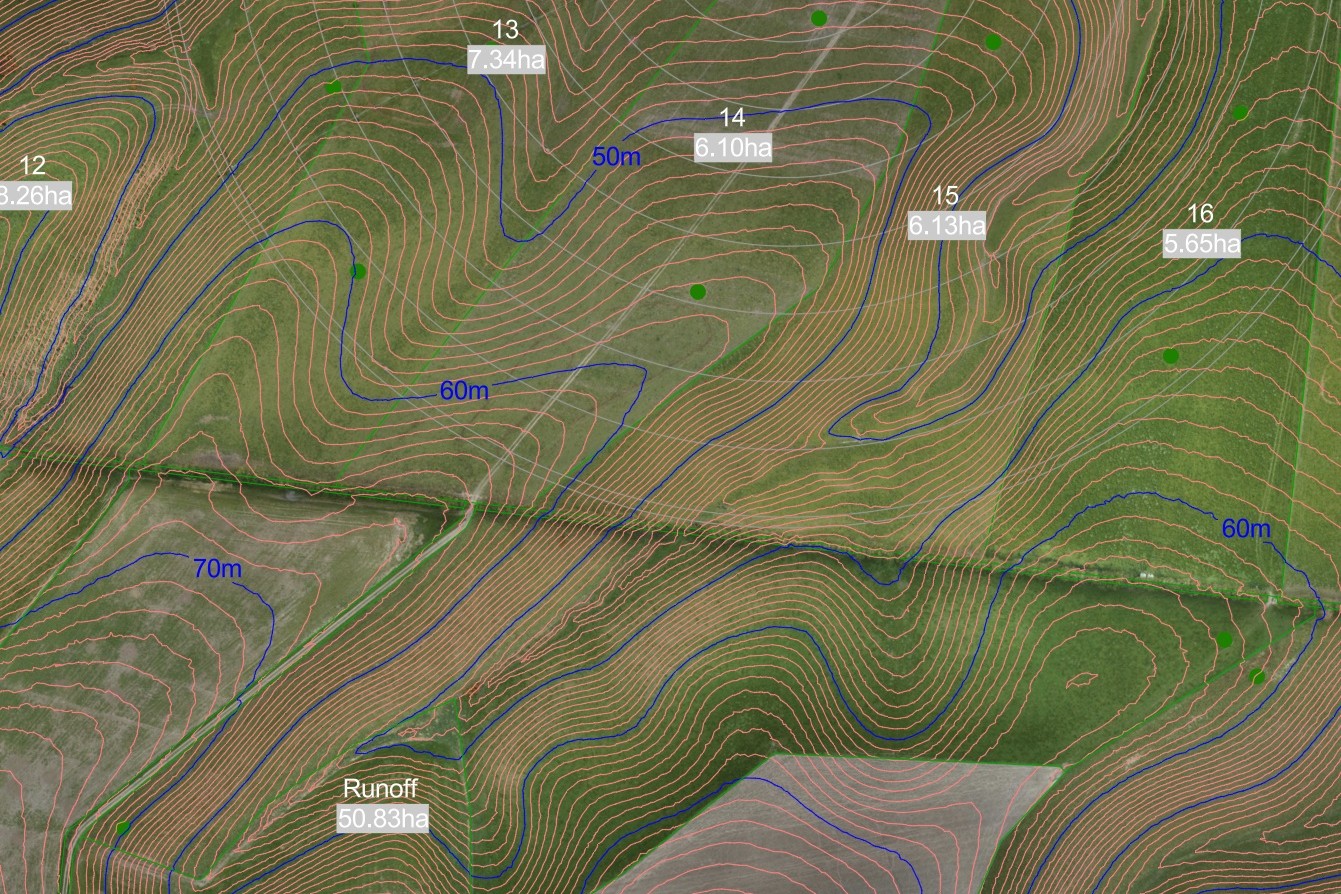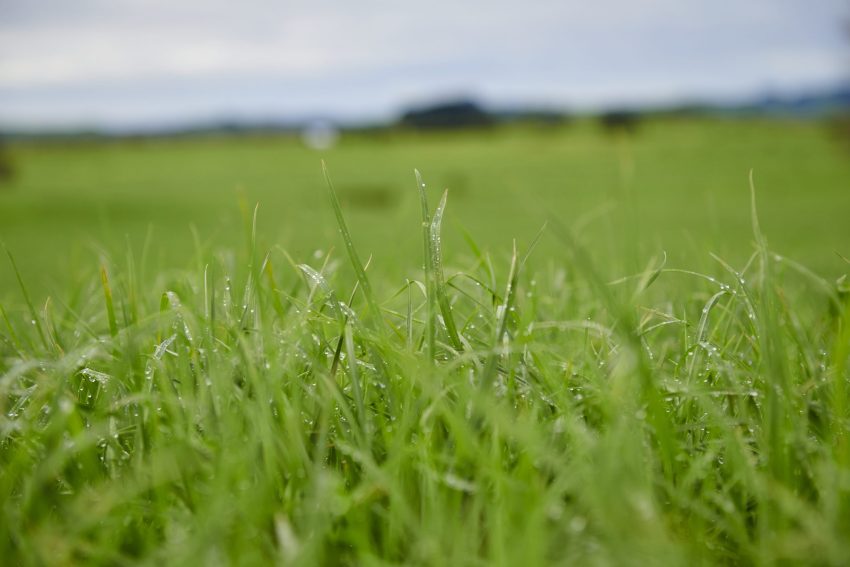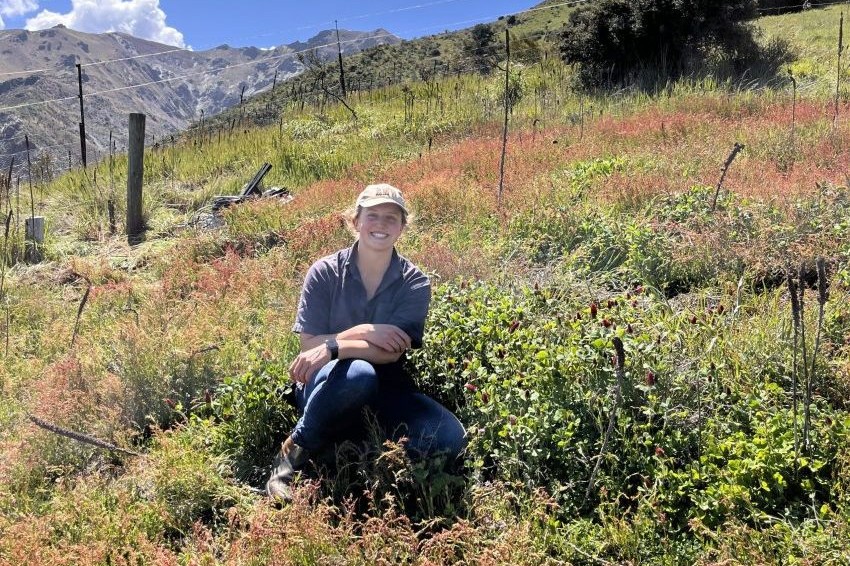Entering the cereal game
With increasing costs and lower returns, the wash up of the 2022-23 season has seen a review of alternative cropping enterprises that have some synergy with sheep-dominant farming operations. By Simon Glennie.

The driver of the decision could be a combination of valid factors, most of which have been experienced on previous occasions. In some cases it will be the push of poor net returns, high interest cost and frustrations with the persistence of pastures and physical workload of intensive sheep systems.
 For others it will be the pull of a better return from a good class of land where multiple use options are available. Where pivot irrigation is newly available, the draw can be a higher return not previously possible. Irrespective of the drivers, there will be a number of new entrants and market chasers who will be burned as the grain market becomes over supplied.
For others it will be the pull of a better return from a good class of land where multiple use options are available. Where pivot irrigation is newly available, the draw can be a higher return not previously possible. Irrespective of the drivers, there will be a number of new entrants and market chasers who will be burned as the grain market becomes over supplied.
Managing the risk
There are ways to reduce the risk of the grain option that are worth considering. Getting alongside a good cereal farmer can be a worthwhile option. As with many businesses, there is a lot of enterprise-specific know how, not to mention a fair investment in gear. Ideally there is a sweet spot where knowledge, plant capacity and labour resource meet suitable land for a win-win.
Modern cropping gear has high capacity and is very efficient but has a price tag to match, so throughput is required. Storage and marketing of the crop are also factors that can constrain net returns, and experienced grain farmers often have arrangements and contracts in place.
The skill, time, resources and networks of the cereal farmer has a value and so too does the landowner who provides the area of soil. A healthy tension should exist to determine whether there is a value proposition and how that value should be divided to give fair reward to both parties.
There are two key questions that drive most of the determination of value in this situation. What is it worth? And what does it cost? From a cereal farmer’s perspective, there is a consideration of the yield risk and likely variability. Soil type, fertility, drainage and the state of the fencing to keep livestock out can be risk factors.
Many of the cropping costs are fixed (don’t vary with yield) but can be somewhat volatile within seasons as we have seen recently with fertiliser, fuel and chemical inputs. A higher outlay of direct input costs and the more hidden cost of depreciation of higher value plant lift the grow costs for all. Add in any allowance for more volatile climatic conditions to the capital outlay and the risk has increased for the grower.
If yield is considered to be constant, then the price for a tonne of grain would need to rise significantly to cover not only the increase in cost but also the increase in risk. In this case, contracts are a way to somewhat secure the price risk. Where contracts are not available, and often this can be the case where buyers sense a glut and prefer sitting on their hands, the risk is increased again.
Consider straw
Straw can be a forgotten part of the equation and is sought out as a bedding or fibre complement for beet grazing. The amount recovered can vary and the nutrient content removed needs to be considered – potassium in particular. However, when we are looking for the icing on the cake, straw can help.
For the landowner, the break of a grain crop can be beneficial, with cleaner young grass and better clover performance often reported. Simply increasing the rate of resowing of aging pasture provides a benefit in terms of overall pasture yield and quality. Where there is an option to sow the area back to pasture after a crop, these upsides need to be considered.
While there is an obvious period of time when the crop area is not available to graze, the time out can often be shorter than a calendar year. Looking at the annual net return from an alternative system is a good start, but there can be a small twist if a second use of the area is even partly possible. An example may be following a spring barley with greenfeed oats and getting the margin of a winter grazing. Farmers looking to reduce the soil loss under brassica and beet may find the soil holds up better under a cereal.
Growing grain on dairy farms has been mooted as a potential option to reduce N loss. There may be some incentive as dairy companies track the purchased N surplus, but this is some way off making up for the lower profitability and increased risk involved.
It is always possible to embark upon the cropping under your own steam and there is a reasonable history of mixed-cropping farmers in NZ. In many cases these hardy souls were typified by older gear lacking in capacity, accuracy and reliability, as there was never a justification to warrant new kit. This group lags behind by 30 years in terms of efficiency but often gets the job done, albeit somewhat reliant on mechanical ingenuity and know-how to keep the wheels in motion. Often the bane of modern crop farmers, this group can increase the crop area or drop out of the market depending on a hunch on pricing. Any over supply, particularly without storage, can see pricing pressure and softening of contracts. Farmers need to take off the rose-coloured glasses in order to review the sense in dipping into the cereal game.
CROPPING FARMERS URGED TO VOTE ‘YES’
Cropping farmers have been voting to determine the future of the Foundation for Arable Research (FAR), their levy-funded research organisation. Voting by post or online closes at noon on August 25, with results expected on August 28.
Under the Commodity Levies Act, growers can vote to renew levy orders every six years, so a ‘yes’ vote will ensure FAR’s continued existence and ongoing contribution to the cropping industry, while a ‘no’ vote will result in the organisation being wound up and a cessation of all research and extension programmes.
FAR is a key partner to the pan-sector multi-million dollar A Lighter Touch programme that provides the opportunity to effectively leverage FAR funds and deliver greater research outputs for its growers. It’s also a signatory of the Government-industry agreement on biosecurity as part of Seed and Grain Readiness and Response.
The referendum will not impact levy rates which are set at 0.9% of sale value for all grain and herbage, amenity and open pollinated vegetable seed crops. It is 0.6% of sale value for hybrid vegetable seed crops, $1 for 10,000 seeds bought for maize, and $10/hectare for cereal silage.




